As the days start to warm up, you might be thinking it’s time to get your body into shape. But what’s the best way to do this? Should you head to the pool and take a couple of laps or should you hit the gym for a weight-training session? This blog post will explore which between swimming and gym is a better option for working out and getting fit. It will evaluate factors such as cardiovascular health, cost-effectiveness, convenience, and more to determine which one is most suitable for you. So, if you’re stuck in indecision about whether swimming or the gym is best for getting fit and feeling great, read on!
Health Benefits of Swimming
Swimming is an excellent form of physical activity for people of all ages. Not only does it provide a great cardiovascular workout, but it can also help improve muscular strength and flexibility. Swimming can also be a low-impact activity that is beneficial for those with joint or muscle pain.
Other benefits include improved balance and coordination, increased endurance, improved quality of sleep, reduced stress levels, and improved overall mental health.
In conclusion, swimming offers many health benefits that benefit both the mind and body. It is an excellent form of exercise and can be enjoyed by individuals of all ages, sizes, and abilities. Try to include swimming in your weekly routine and start seeing the health benefits for yourself [1]!

What Makes Swimming Better Than Gym?
Swimming: A Full Body Workout!
Swimming is a great way to get a full-body workout. Unlike the gym, in the pool, you use all major muscle groups and can increase your heart rate for an effective cardiovascular workout. Your arms, legs, core, and even back muscles will be engaged when swimming laps or playing in the water. Swimming also works out all parts of your body at once while providing a low-impact aerobic exercise that puts minimal strain on your joints and bones.
Greater Variety of Movements
The pool allows you to perform different strokes like freestyle, breaststroke and butterfly stroke as well as different movements such as treading water or walking against the current with resistance bands or hand buoys. You can vary up your routine each time you go swimming to help keep it interesting and challenging. In the gym, on the other hand, you may find yourself doing the same exercises over and over.
Low Risk of Injury
The water provides a cushion that supports your joints and muscles while still allowing you to break a sweat. The buoyancy of the water reduces the risk of muscle strain or injury, making it an ideal exercise for those who have suffered injuries or have joint pain due to arthritis or other conditions. Plus, if you are feeling sore after your workout, simply spend some time in the pool recovering – no ice packs necessary!
Convenience
Swimming is often more accessible than going to the gym as many communities offer public pools with affordable memberships and prices for day passes. Swimming is also a great way to stay cool during the hot summer months, so it doesn’t always require a gym membership or commute. If you want to swim but don’t have access to a pool or don’t feel like leaving your house, there are plenty of at-home swimming exercises that can be done in any size pool.
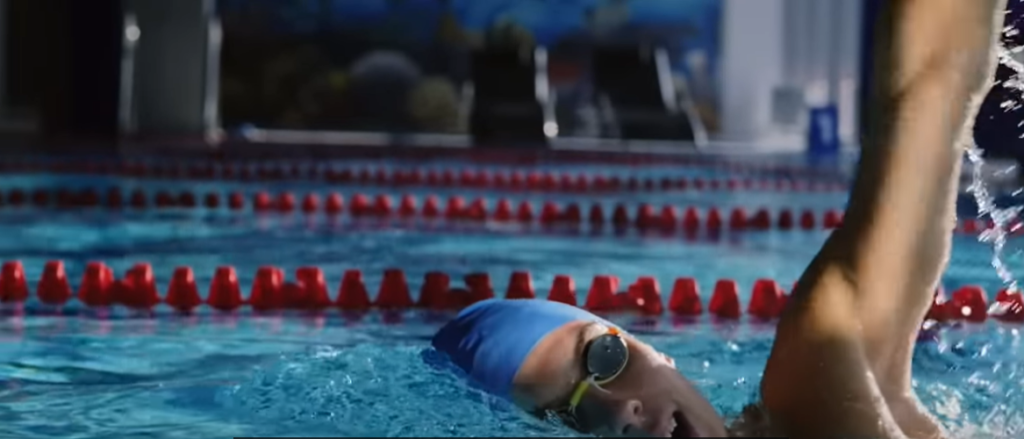
Advantages of Swimming for Kids.
Swimming is an important skill for kids to learn, and it provides numerous benefits. Not only does it help develop coordination, strength, and endurance as well as improve physical fitness, but it can also boost a child’s self-confidence. Additionally, swimming is fun for kids of all ages and can be a great bonding experience with parents or caregivers.
Finally, swimming lessons teach children how to stay safe in the water which could potentially save their lives one day.
Helps Burn More Calories and Lose Weight.
Swimming is a great way to burn calories and lose weight. Depending on the intensity of your workout, it may be possible to burn up to 500 calories in an hour! Swimming also helps build lean muscle mass, which can help boost your metabolism for even more fat-burning potential. Plus, since swimming is low-impact, it’s ideal for those who want a full-body workout without risking injury.
Relieves Stress and Anxiety
Swimming can help reduce stress by providing a calming and therapeutic environment that allows you to focus on yourself and your breathing. The rhythmic movement of swimming can also be meditative as it helps clear the mind of unnecessary thoughts or worries and makes room for relaxation. Additionally, if you’re feeling anxious or overwhelmed, swimming can help you find some peace and quiet.
Competitive Sport
If you’re looking for a competitive sport to try, swimming is an excellent option. It can be both recreational and competitive at any level, so whether you just want to swim with friends or join a team, there is something for everyone. Swimming can help build discipline and focus as well as foster strong relationships with teammates.
Highest Benefit to Risk Ratio in Swimming.
Overall, swimming offers one of the highest benefit-to-risk ratios for exercise. It combines aerobic conditioning with strength training and flexibility all while being low-impact and having a low risk of injury. Swimming can also help you lose weight, reduce stress, build muscle, and even increase your self-confidence! With all these great benefits, it’s no wonder why millions of people across the world turn to swimming as their go-to form of exercise [2].
Best Workouts in Gym
There are a variety of workouts that you can do in the gym to get fit and stay healthy. Whether you’re looking for an intense, strength-building workout or a more relaxed aerobic routine, there’s something for everyone. Here are some of the best workouts at the gym:
- Weight Training: Weight training is one of the most popular types of exercise done in the gym. You can use free weights, machines, or bodyweight exercises to build muscle and increase strength. Make sure to talk to your trainer about proper form and safety protocols before starting any weight-training program!
- Cardio: Cardiovascular exercise is essential for both overall health and weight loss. At the gym, you have access to a variety of machines, like treadmills, ellipticals, and stationary bikes, that you can use to get your heart rate up. Make sure to warm up before any cardio session!
- Yoga: Yoga is a great way to increase flexibility and build strength. There are many different types of yoga classes available at the gym, so pick one that fits your needs. Make sure to wear comfortable clothes and bring a yoga mat if you have one!
- Circuit Training: Circuit training combines aerobic exercise with strength training in an alternating fashion. It’s an intense workout that will leave you feeling exhausted but energized at the same time! Talk to your trainer about how to create an effective circuit routine for your goals.

Should You Combine Your Gym and Swimming Regimens?
The answer to this question depends on your individual goals and preferences. If you are looking to lose weight or build muscle, combining a gym routine with swimming can help you reach your goals faster by increasing the intensity of your workouts. However, it is important to be mindful of how much strain you put on your body when doing both activities in one session, as this could lead to overtraining and potential injury.
Additionally, swimming is part of a rehabilitation plan following an injury or surgery, it is best to keep these two exercises separate so that each session is tailored specifically for recovery rather than general fitness improvement.
Ultimately, the decision whether or not to combine your gym and swimming regimens should be based on what will give you the best results in terms of your health and fitness goals. It is important to speak with your doctor or a qualified professional for advice on how to safely combine the two exercises. With an understanding of how to balance intensity and safety, combining your gym and swimming regimens can be a great way to maximize your workout potential [3].
Disadvantages of Swimming
Swimming can have some risks, especially for those who are not used to being in the water or have certain medical conditions. Some of the potential disadvantages include:
Drowning—Swimming can be a dangerous activity if someone is not properly trained or supervised. Even experienced swimmers can experience drowning accidents due to fatigue, intoxication, strong currents, or other hazards.
Dehydration and Heat Exhaustion — Swimming can cause dehydration and heat exhaustion due to prolonged exposure to sun and water. Heat-related illnesses such as cramps, nausea, and dizziness may occur if proper hydration is not maintained during swimming activities.
Injury — Swimming puts strain on joints and muscles that can lead to injuries such as shoulder impingement and tendinitis. For those with pre-existing medical conditions such as asthma, swimming can worsen symptoms due to the inhalation of chlorine or other pollutants in the water.
Cost — Swimming can be expensive due to equipment costs and fees for joining a pool club or swim class. Additionally, proper maintenance of a personal pool requires regular cleaning and chemical treatment, which adds to the cost.
Allergies — People with certain allergies may experience allergic reactions when exposed to chlorine or other chemicals in pools, as well as some types of waterborne bacteria that can cause skin rashes or infections. Additionally, people who have bee stings allergies should avoid areas around bodies of water where bees are more likely to be present [4].

FAQ
Is swimming more effective than the gym?
It really depends on individual goals. Swimming is a full-body workout that can be very effective for developing cardiovascular endurance and building muscle in the long term. However, if one’s goal is to gain strength or build muscle mass quickly, then one may find more success with a gym program focusing on resistance exercises. Ultimately, it’s important to consider both options and determine what will work best based on personal goals.
Are there any health benefits to swimming?
Swimming provides numerous health benefits including improved cardiovascular fitness, increased muscular strength and endurance, core stability, improved posture, and coordination, improved flexibility and joint mobility as well as reduced stress levels. Additionally, swimming is low impact compared to many other forms of exercise, making it ideal for those with joint pain or other health issues.
How often should I swim?
In general, the American College of Sports Medicine recommends adults participate in at least 150 minutes of moderate-intensity cardio per week. Swimming is a great way to reach this goal as well as provide additional benefits like improved muscle strength and flexibility. However, swimming is not a one-size-fits-all solution and individuals should consider their goals when determining how often they should swim each week.
What are the best strokes to swim?
The four main competitive strokes in swimming are freestyle, backstroke, breaststroke, and butterfly. Each stroke involves different muscle groups so it can be beneficial to mix up the strokes when swimming. Freestyle is often considered the best all-around stroke as it uses many muscle groups and usually moves at a faster pace than other strokes. Ultimately, it’s important to find the stroke (or combination of strokes) that works best for an individual’s fitness goals.

What equipment do I need for swimming?
At a minimum, one should have a swimsuit, goggles, and a swim cap. Additionally, fins and pull buoys can help strengthen certain muscles or improve technique in particular strokes. Lastly, having access to a pool with lanes will make it easier to track progress over time.
To stay safe while swimming, it’s always recommended to have a second person with you at all times. Additionally, having a life vest or other flotation device can be helpful for those just starting. Finally, it’s important to know your local swimming regulations and always follow the rules when in the pool.
Is swimming better than going to the gym to lose weight?
Swimming can be an effective way to lose weight, as it provides a low-impact full-body workout that can help burn calories. However, there is no one-size-fits-all answer when it comes to losing weight, as individual goals and body composition will determine the best approach. It may be beneficial to consider both swimming and gym workouts when attempting to lose weight to achieve the best results.
How can children learn how to swim?
Yes! Swimming is a great activity for kids of all ages because it’s low impact and provides numerous health benefits. Parents should look into swim classes or private lessons taught by certified instructors to provide their children with the proper instruction on technique and safety. Additionally, it’s important to set a good example and let your child see you swimming in the pool as well. With enough practice and encouragement, any child can learn how to swim!
Can swimming replace the gym?
Swimming is a great way to stay active and achieve overall health benefits, but it may not be ideal for everyone. Swimming is generally low-impact and does not provide the same strength training as gym workouts. As such, some people may find that swimming alone does not meet their fitness goals and should consider adding additional forms of exercise like resistance training or cardio at the gym. Ultimately, it’s important to consider both options and determine what will work best based on personal goals.
Can I get fit just by swimming?
Yes! Swimming can be an effective way to get fit and stay healthy. As a full-body workout, swimming can help build muscle, improve coordination, and increase flexibility. Additionally, its low-impact nature makes it ideal for those with joint pain or other health issues. Ultimately, the frequency at which one should swim will depend on individual goals as well as any existing health conditions. With enough practice and dedication, anyone can get fit just by swimming!
Is swimming enough to get fit?
Swimming can be an effective way to stay fit, but it may not be enough for everyone. Swimming is generally low-impact and does not provide the same strength training as gym workouts. As such, some people may find that swimming alone does not meet their fitness goals and should consider adding additional forms of exercise like resistance training or cardio at the gym. Ultimately, it’s important to consider both options and determine what will work best based on personal goals. Additionally, having a balanced diet is essential for any fitness plan. With a combination of healthy eating and regular physical activity (such as swimming), one can achieve their desired level of fitness.
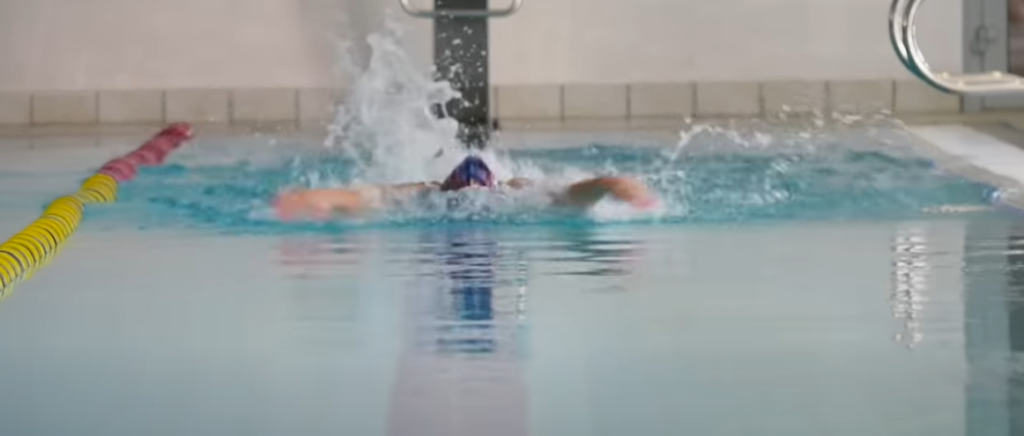
Does swimming give you a V shape?
Yes, swimming can help give you a V-shaped physique by targeting the muscles in your back. Swimming works your lats and other back muscles to give you that coveted V-shape look. Additionally, swimming regularly will also help you lose fat which can also contribute to a more defined torso. However, it is important to remember that diet plays an equally important role in achieving this look. To get that V-shape, one must maintain a healthy diet as well as consistent swim workouts. With dedication and hard work, anyone can get the V-shaped body they desire!
Is swimming good for abs?
Yes! Swimming is an excellent way to target your core muscles, including your abdominal muscles. Swimming works the entire body and can help build strong abs with regular practice. Additionally, swimming is low-impact and can be beneficial for those suffering from joint pain or other health issues. Ultimately, it’s important to find an exercise that works best for individual goals and preferences. When combined with a healthy diet, anyone can achieve their desired level of fitness!
What happens if you swim 3 times a week?
Swimming three times a week can provide many health benefits. Regular swimming can help improve cardiovascular health, build muscle, and increase flexibility and coordination. Additionally, its low-impact nature makes it ideal for those with joint pain or other health issues. Ultimately, the frequency at which one should swim will depend on individual goals as well as any existing health conditions. With regular practice and dedication, anyone can achieve their desired level of fitness!
Is swimming for 30 minutes good?
Swimming for 30 minutes can be a great way to stay fit and healthy. As a full-body workout, swimming can help build muscle, improve coordination, and increase flexibility. Additionally, its low-impact nature makes it ideal for those with joint pain or other health issues. Ultimately, the frequency at which one should swim will depend on individual goals as well as any existing health conditions. With regular practice and dedication, anyone can achieve their desired level of fitness!
Can I get a good workout by swimming?
Yes! Swimming can be an effective way to get a good workout and stay healthy. As a full-body workout, swimming can help build muscle, improve coordination, and increase flexibility. Additionally, its low-impact nature makes it ideal for those with joint pain or other health issues. With regular practice and dedication, anyone can achieve their desired level of fitness!
Useful Video: What Will Happen If You Start Swimming 30 Minutes Every Day
Conclusion
Swimming or Gym? It is a difficult choice, but it ultimately comes down to personal preference. Both activities offer great opportunities for physical and mental health benefits and can be adapted for all ages and abilities. Swimming is low-impact, relaxing, and can provide a full body workout in the water. A gym membership can offer access to equipment and classes that are not available with swimming. Ultimately, the best choice will depend on individual goals, budgets, preferences, and facilities available. Whichever activity you choose – make sure to keep active! Exercise has been proven to have numerous health benefits both physical and mental.
References:
- https://www.betterhealth.vic.gov.au/health/healthyliving/swimming-health-benefits
- https://www.getfitso.com/blog/benefits-of-swimming-over-gymming/
- https://swimcompetitive.com/swimming/swimming-vs-gym/
- https://swimcompetitive.com/swimming/disadvantages/





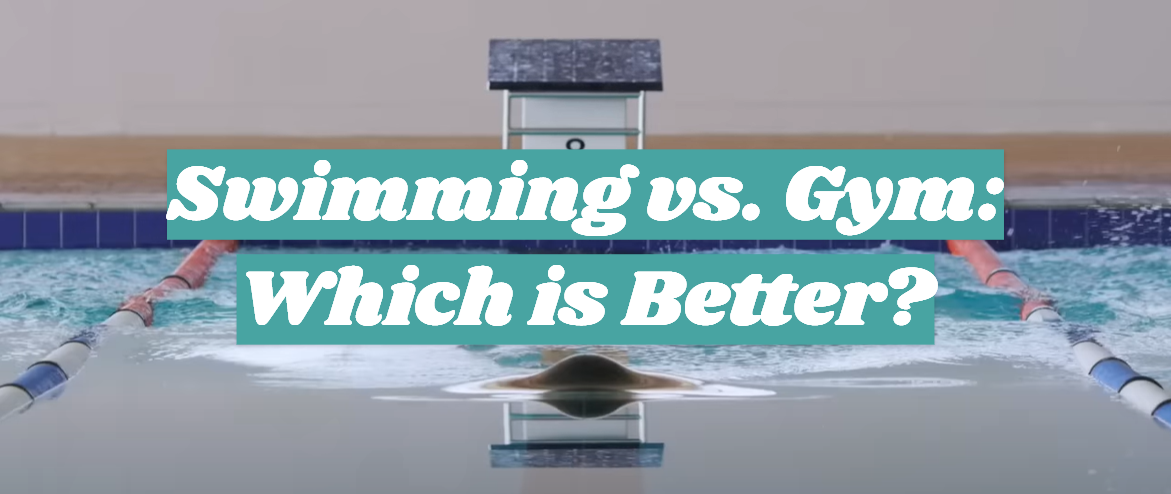

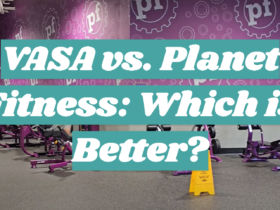

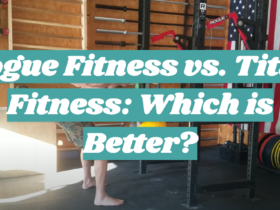
Leave a Review